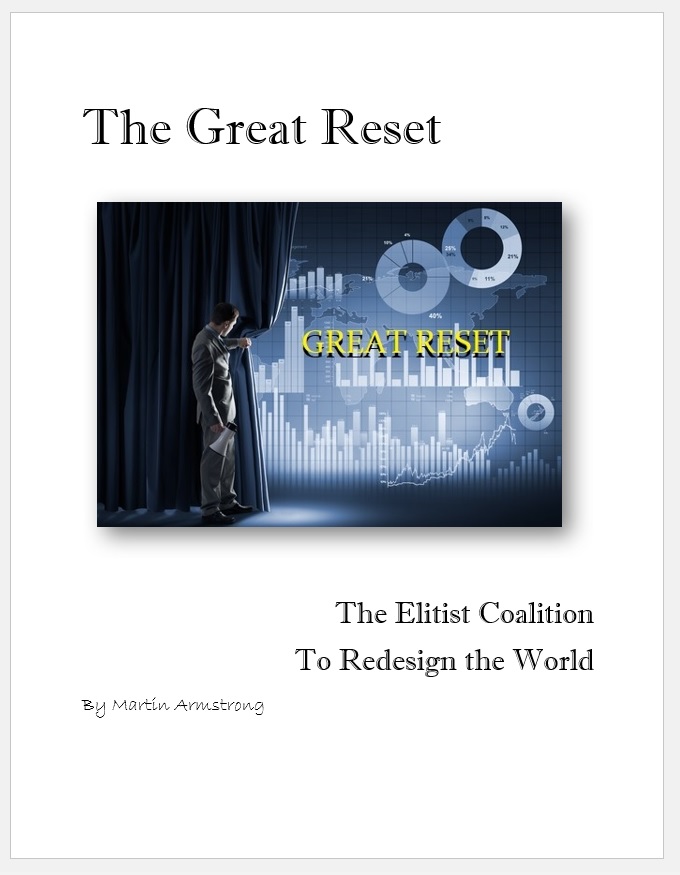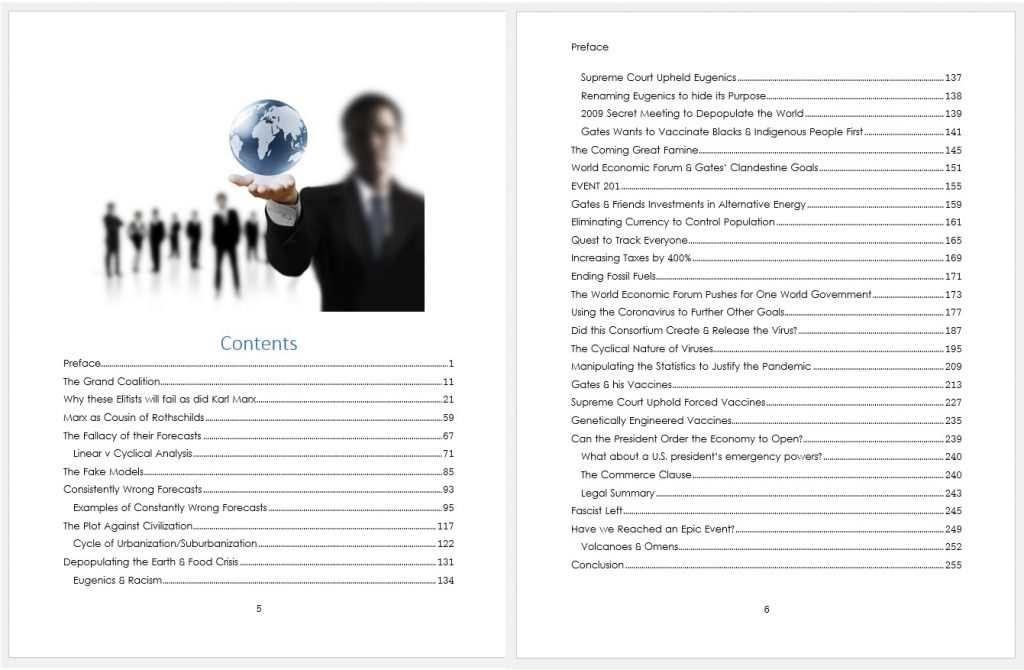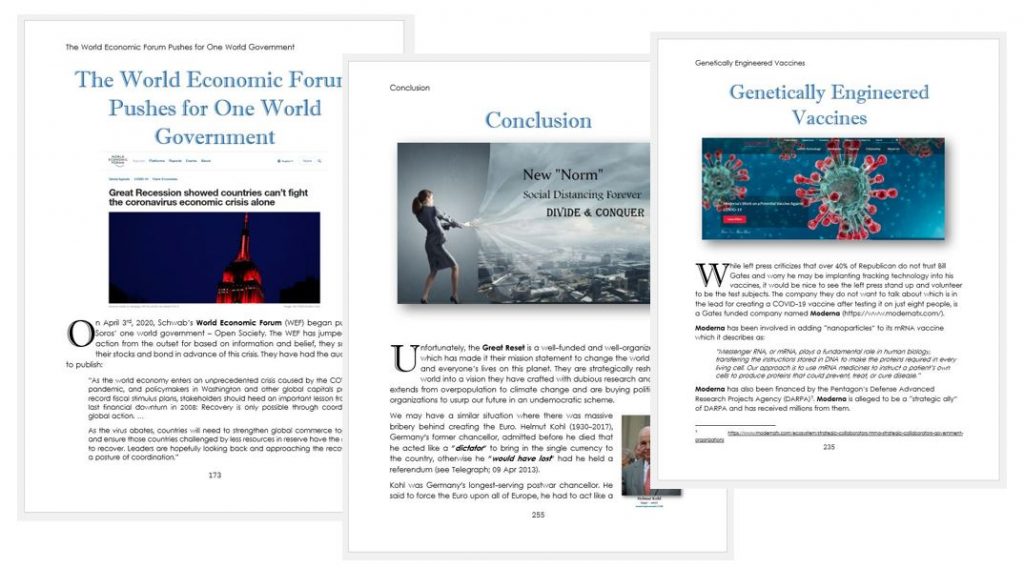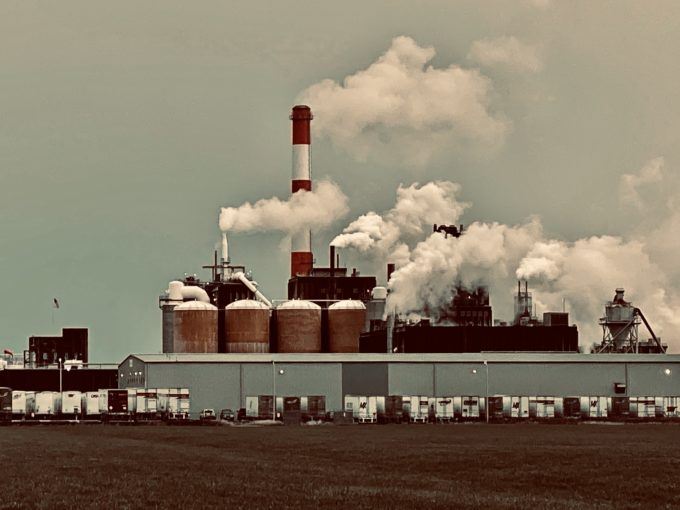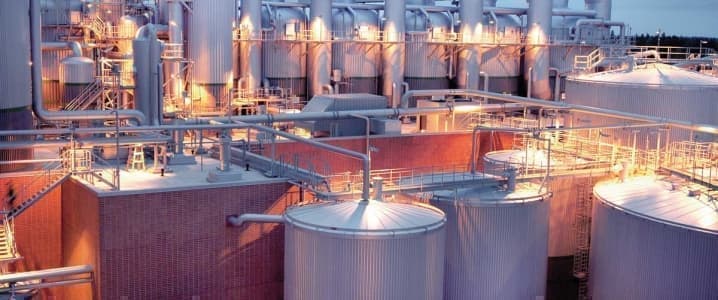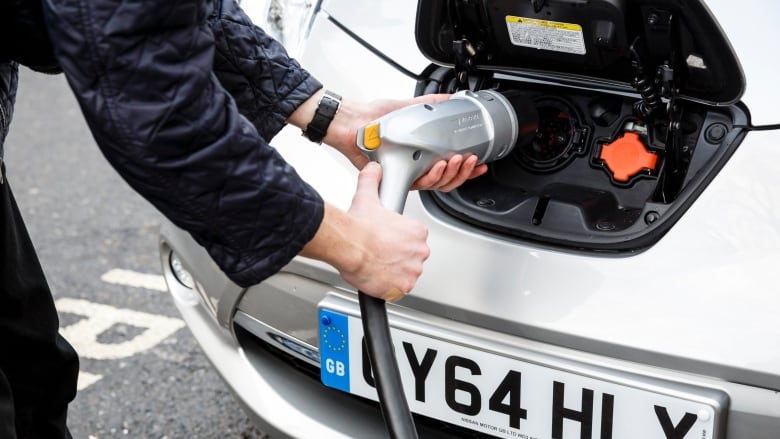How much will the world warm with ongoing fossil-fuel carbon emissions? It’s a big question that preoccupies policymakers and activists, with important discussions about when the world will hit two degrees, are we really on a path to four degrees of warming with current Paris commitments, and so on.
And the answer is that the world is likely to warm more than current projections, if two recently published pieces of research on the terrestrial and ocean carbon sinks are any guide.
Warming projections and carbon sinks. Future warming projections come from complex climate models, which combine historic data, current observations, equations that encompass current understandings of the bio-geo-physical processes, and some assumptions about processes where direct observation or modelling is more difficult.
About 30% of the carbon dioxide (CO2) that humans are pouring into the atmosphere mixes with the top layer of the ocean (making the water more acidic and posing a growing acidification threat to ocean life), about 30% is absorbed by the terrestrial biosphere (trees and plants), and about 40% stays in the air, heating the planet.
Assumptions about those processes in the future fundamentally affect projections of future warming. If these ocean and terrestrial carbon stores (or “carbon sinks”) become less efficient, then a greater proportion of human emissions will stay in the air, and warming will be faster than currently projected for a given level of emissions.
So the models make assumptions about these carbon stores:
- For the terrestrial carbon sink, it has been observed that with more CO2, plants grow faster because there is more CO2 “food” for them to absorb. This is known as the “fertilisation effect”, and while there are highly divergent sink trajectories from Earth system models, the models “nevertheless agree on continued futures increases in sink strength due to the CO2 fertilisation effect.
…click on the above link to read the rest of the article…





